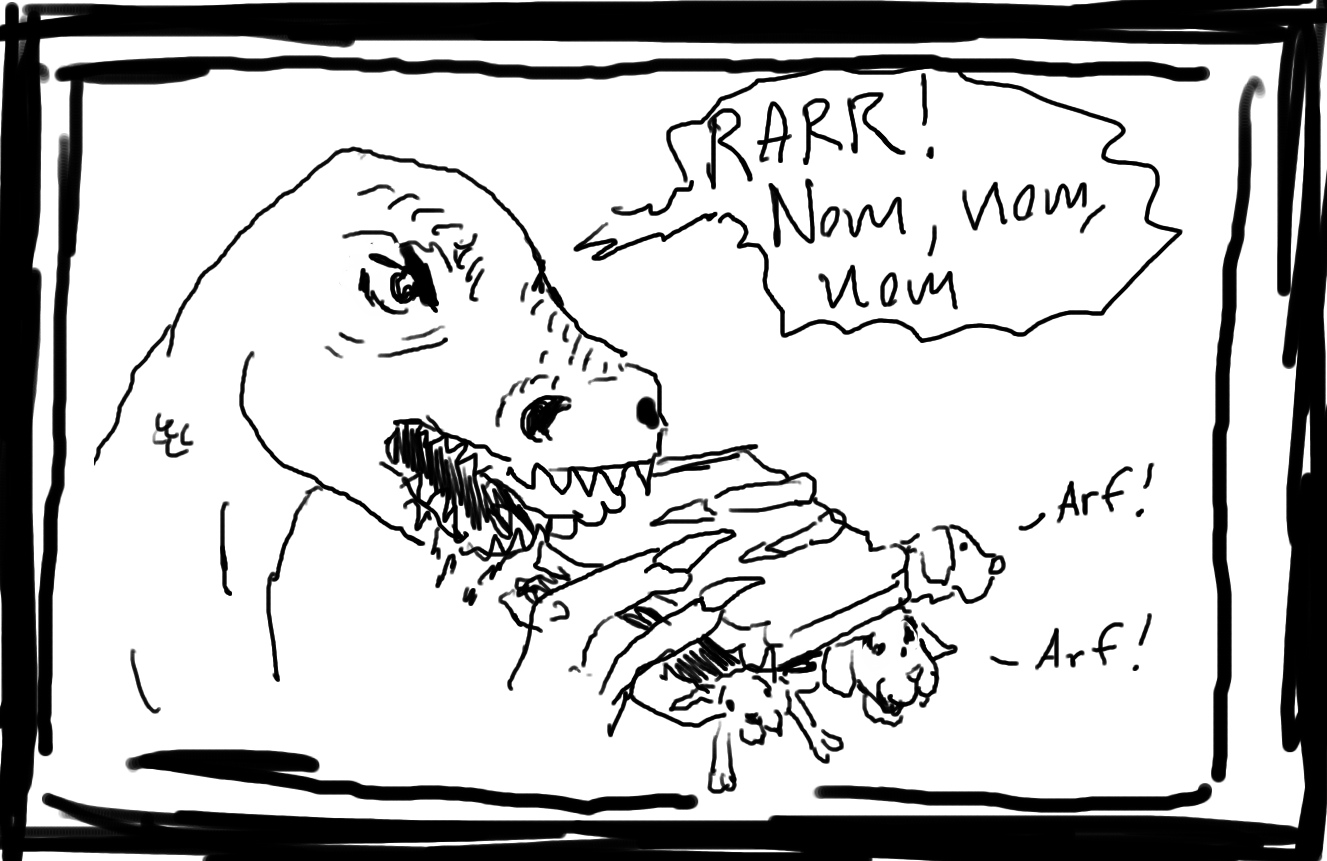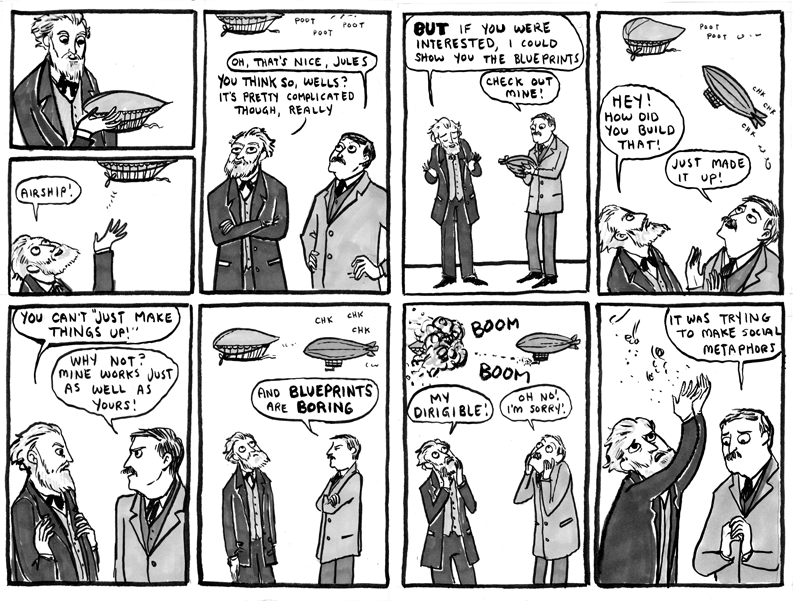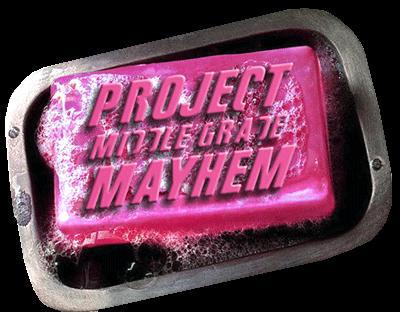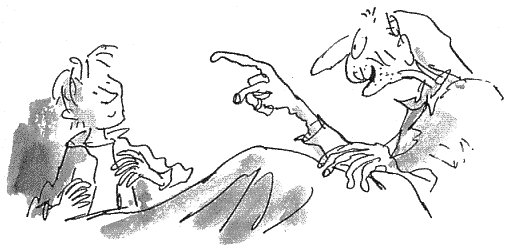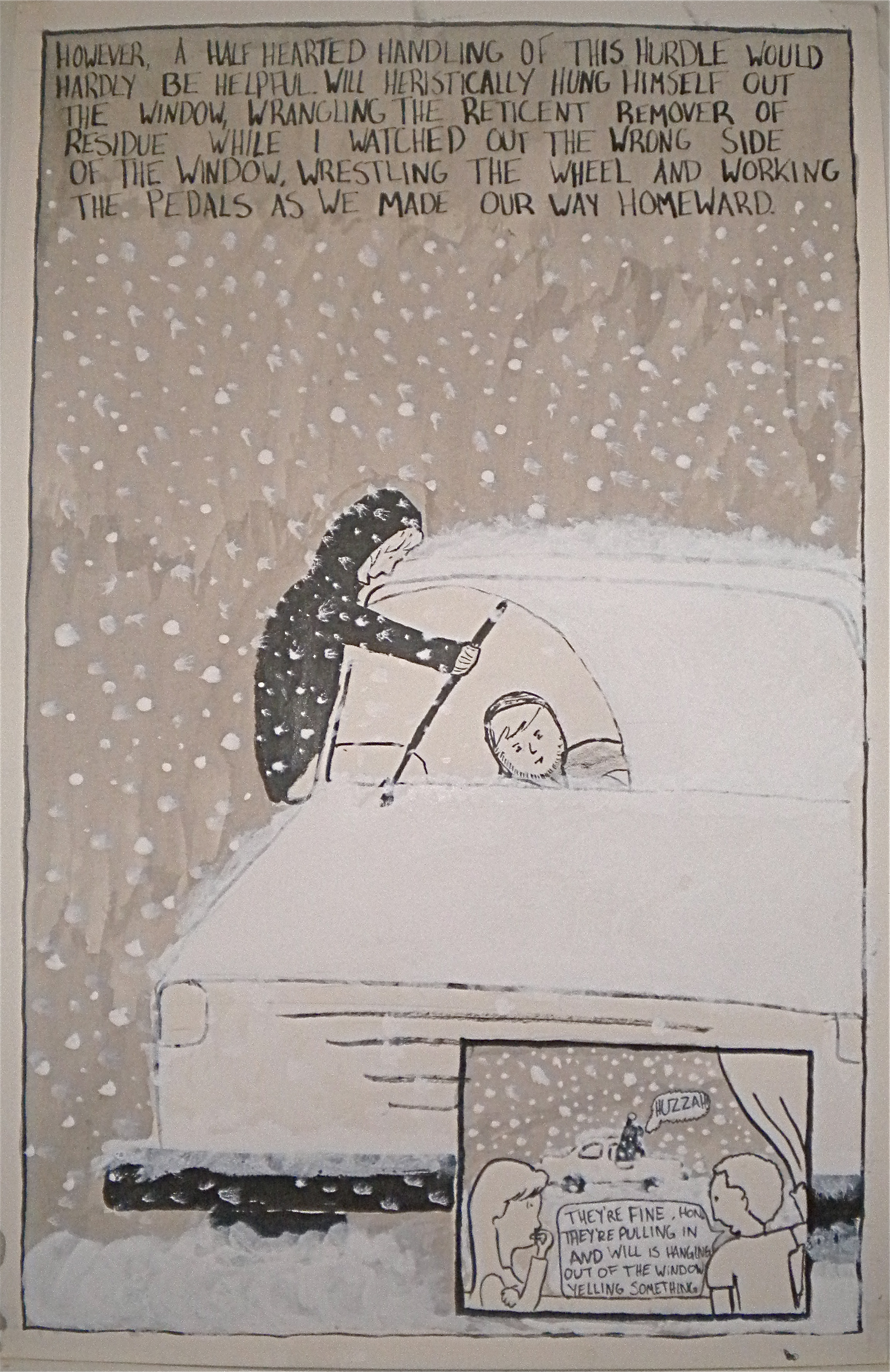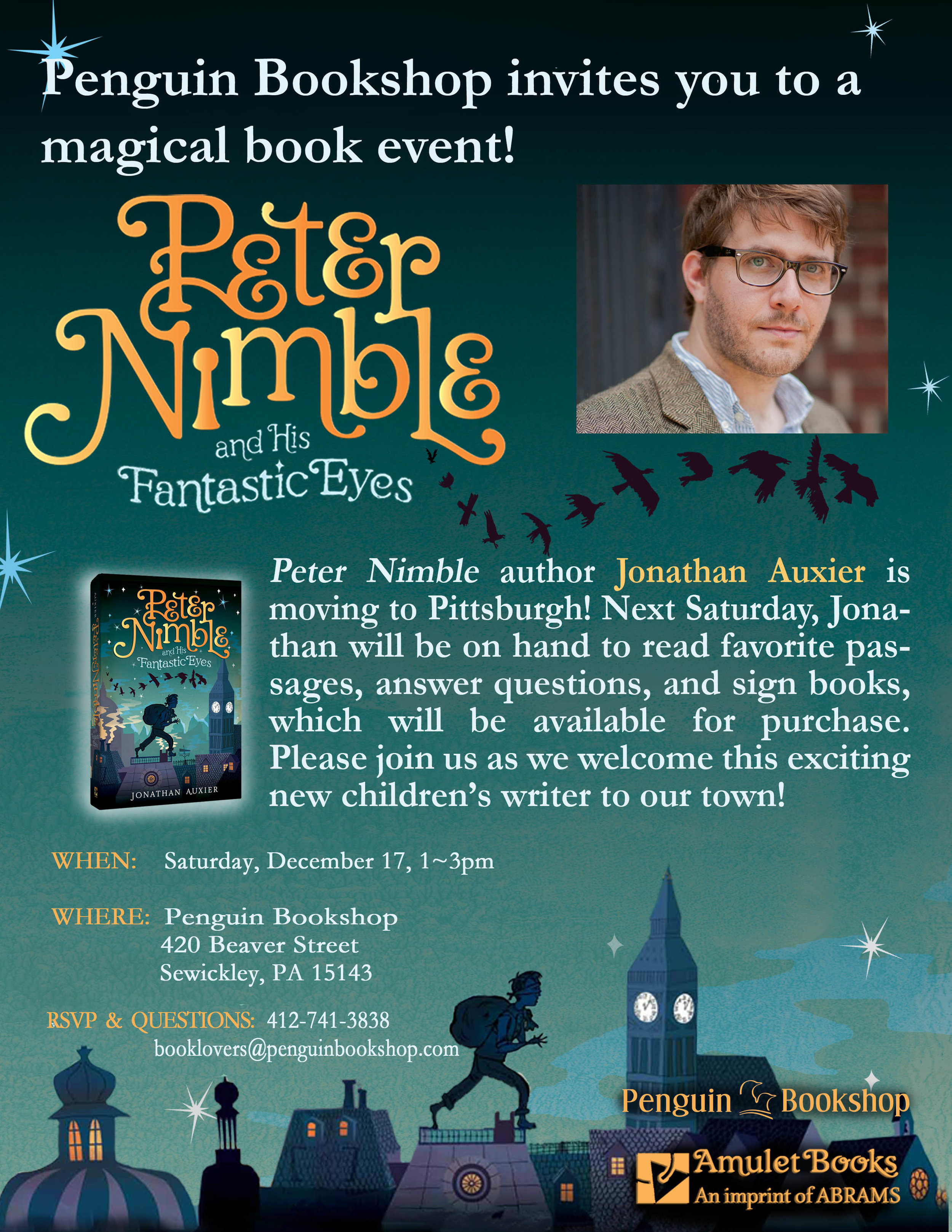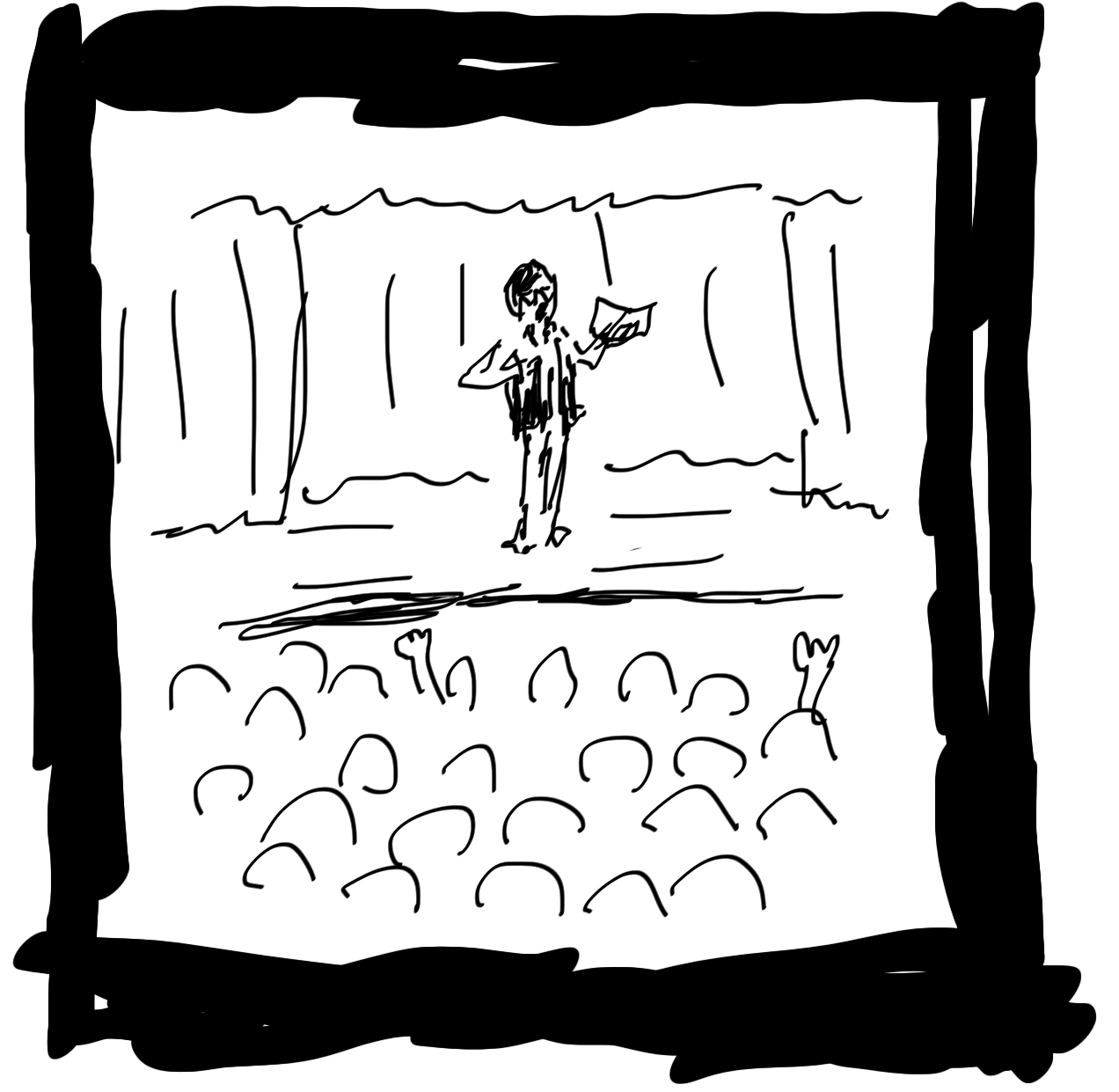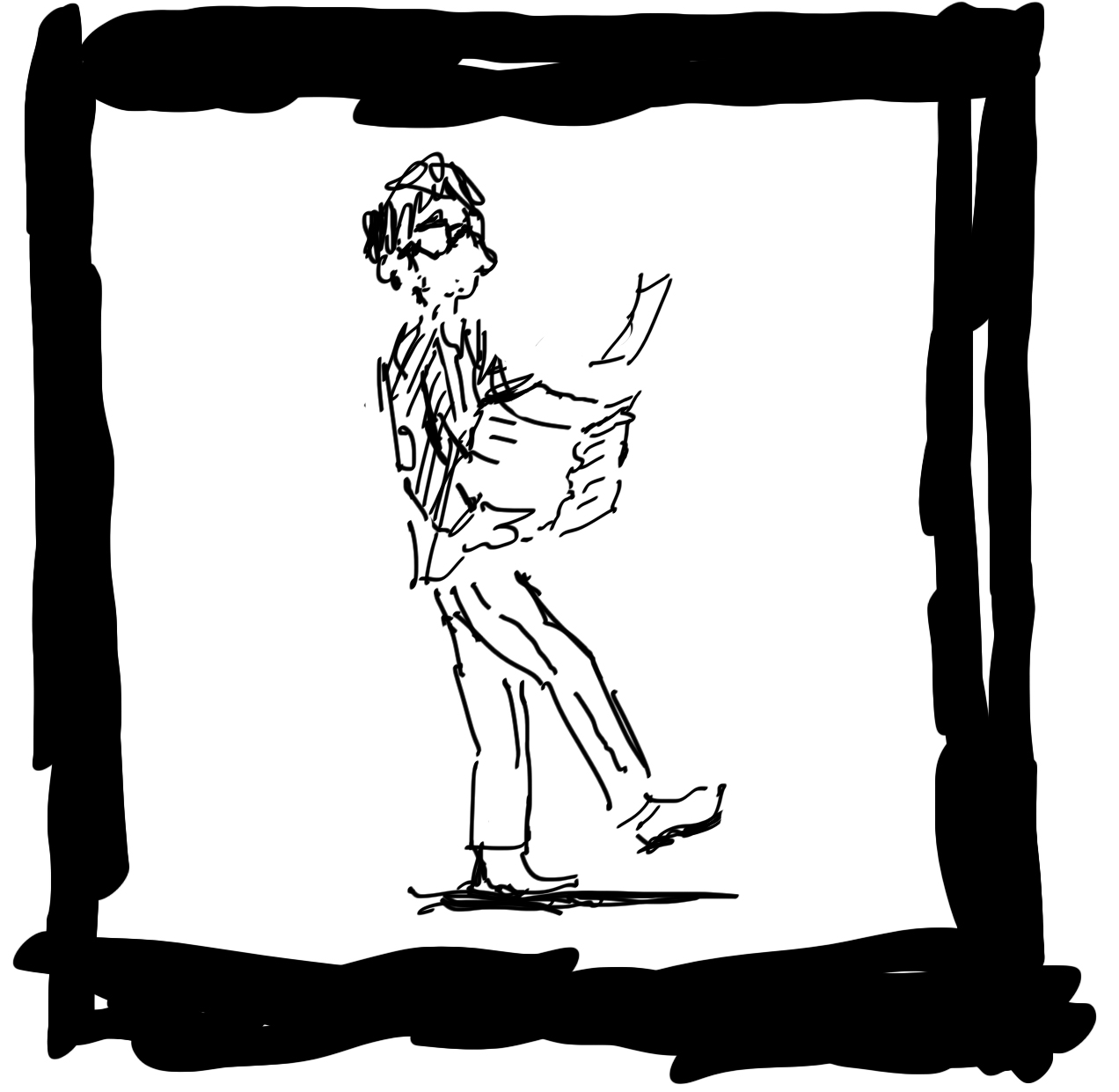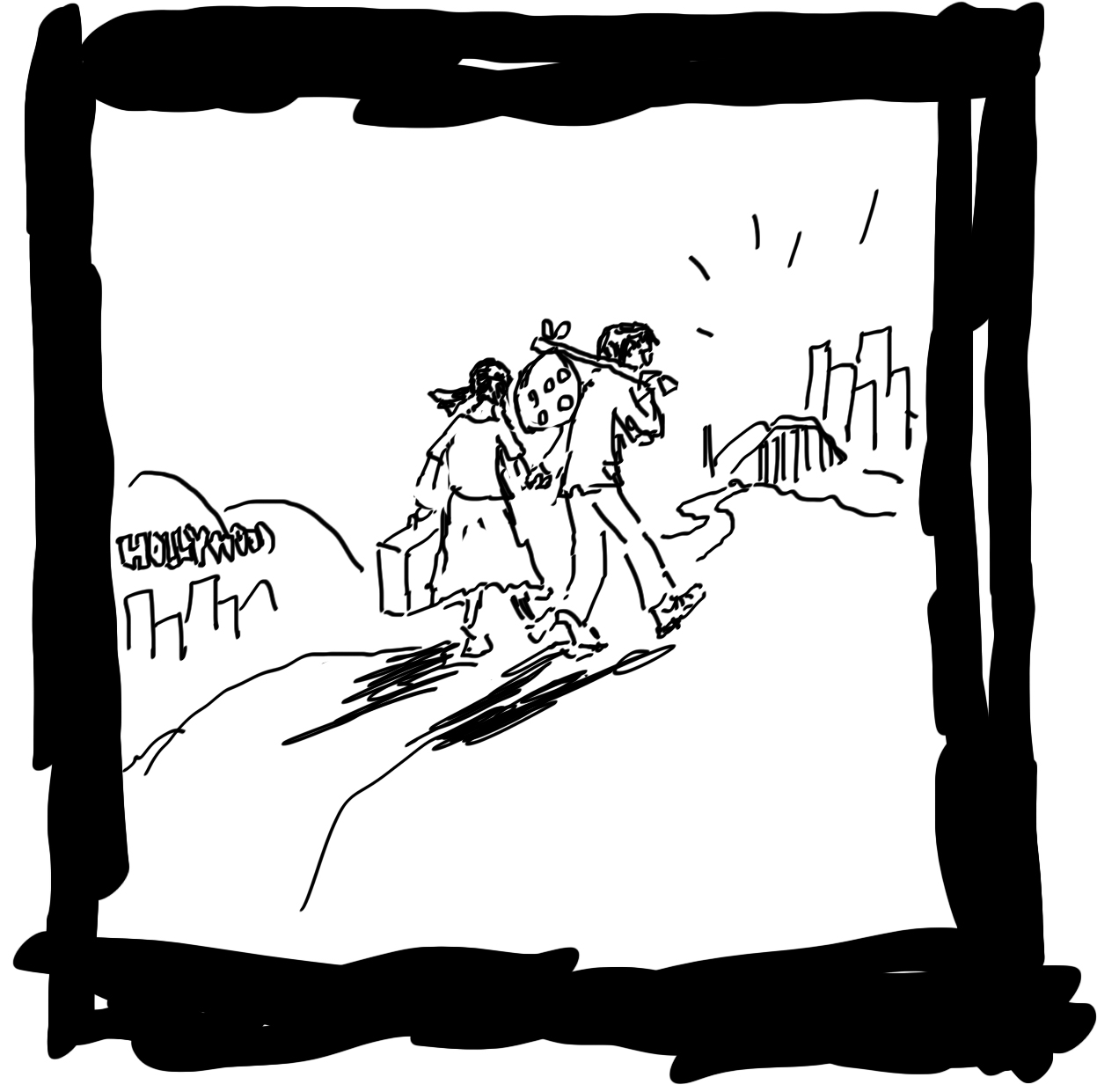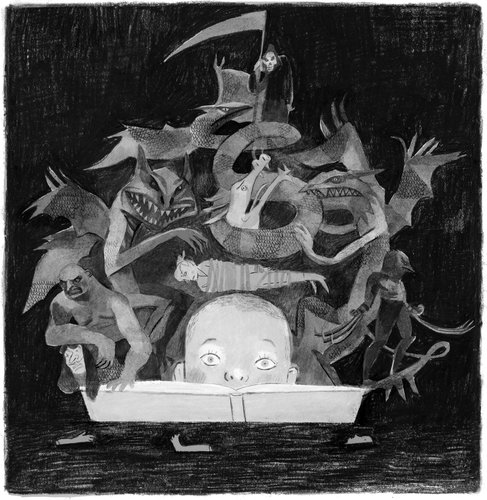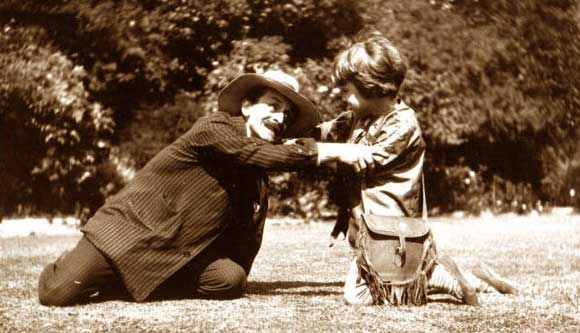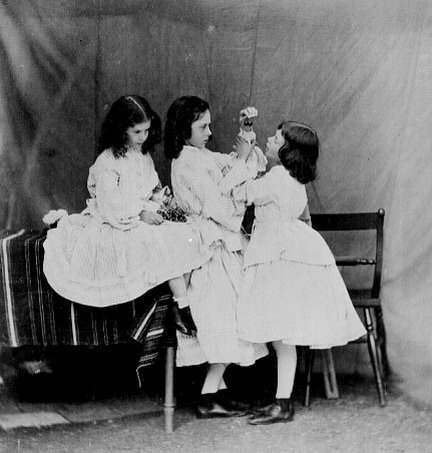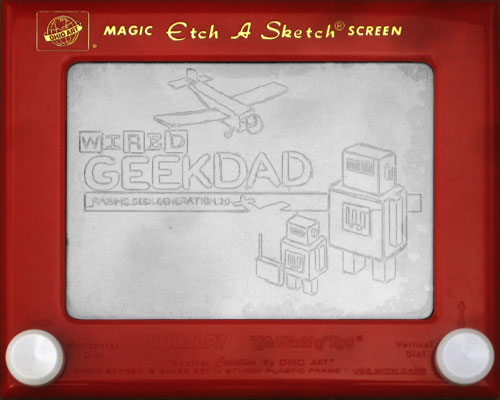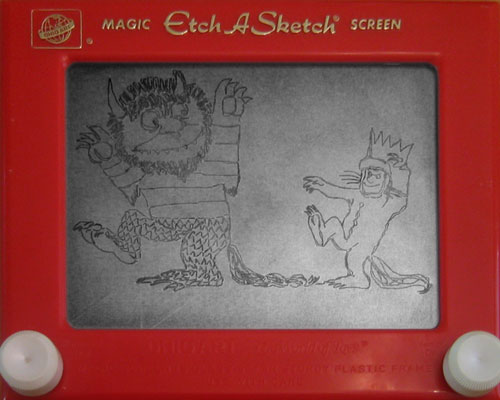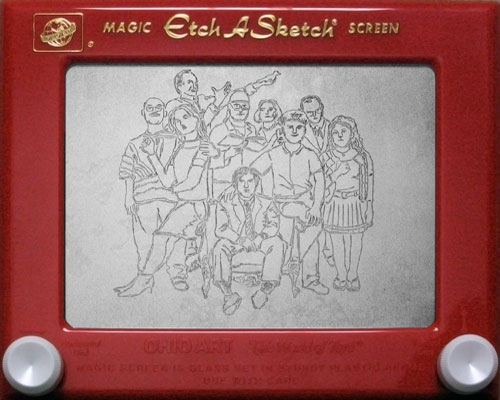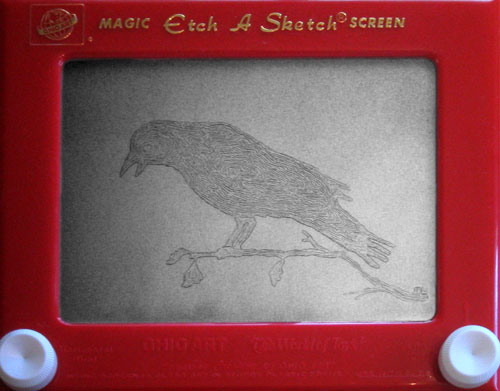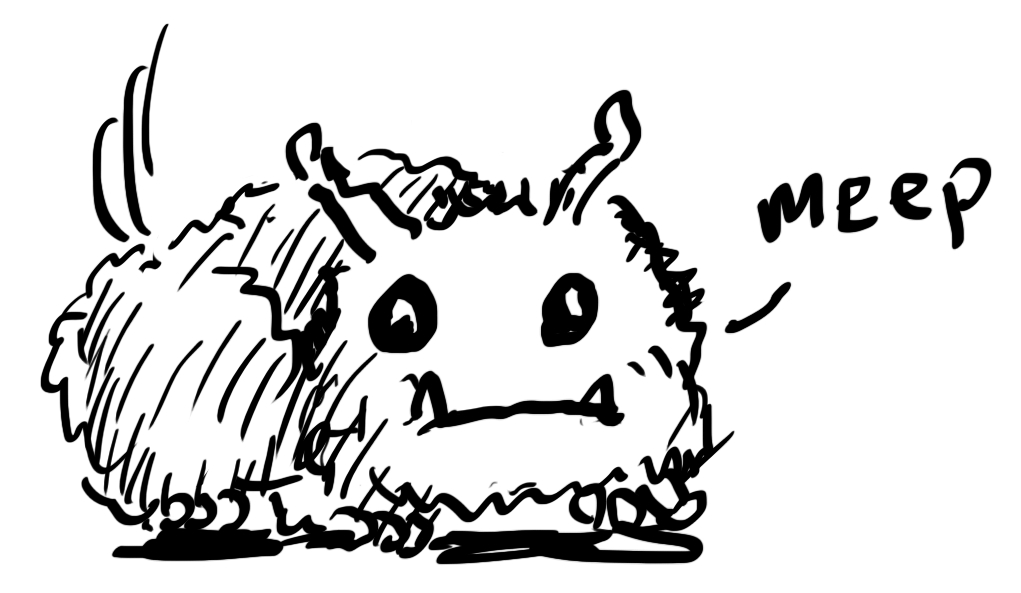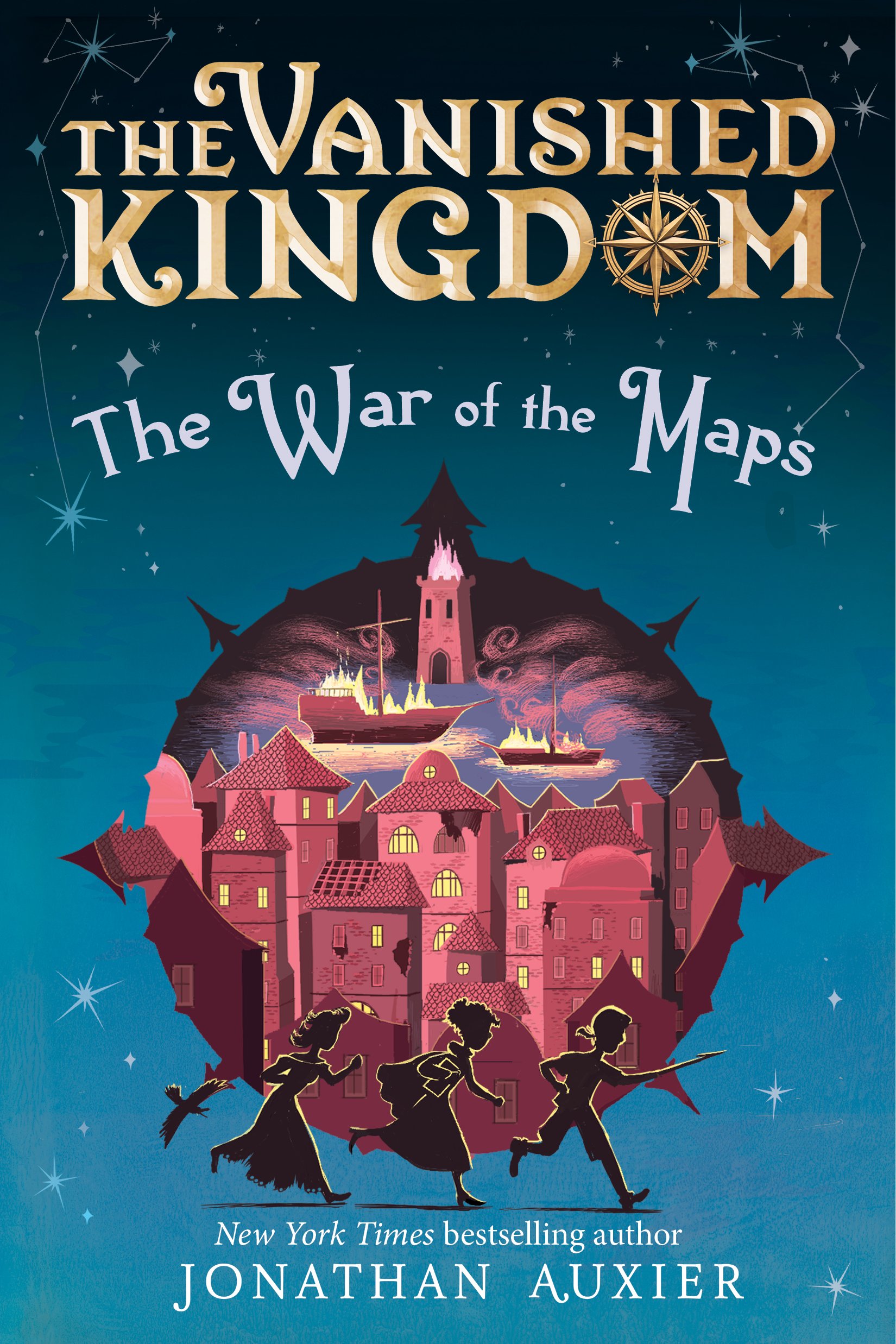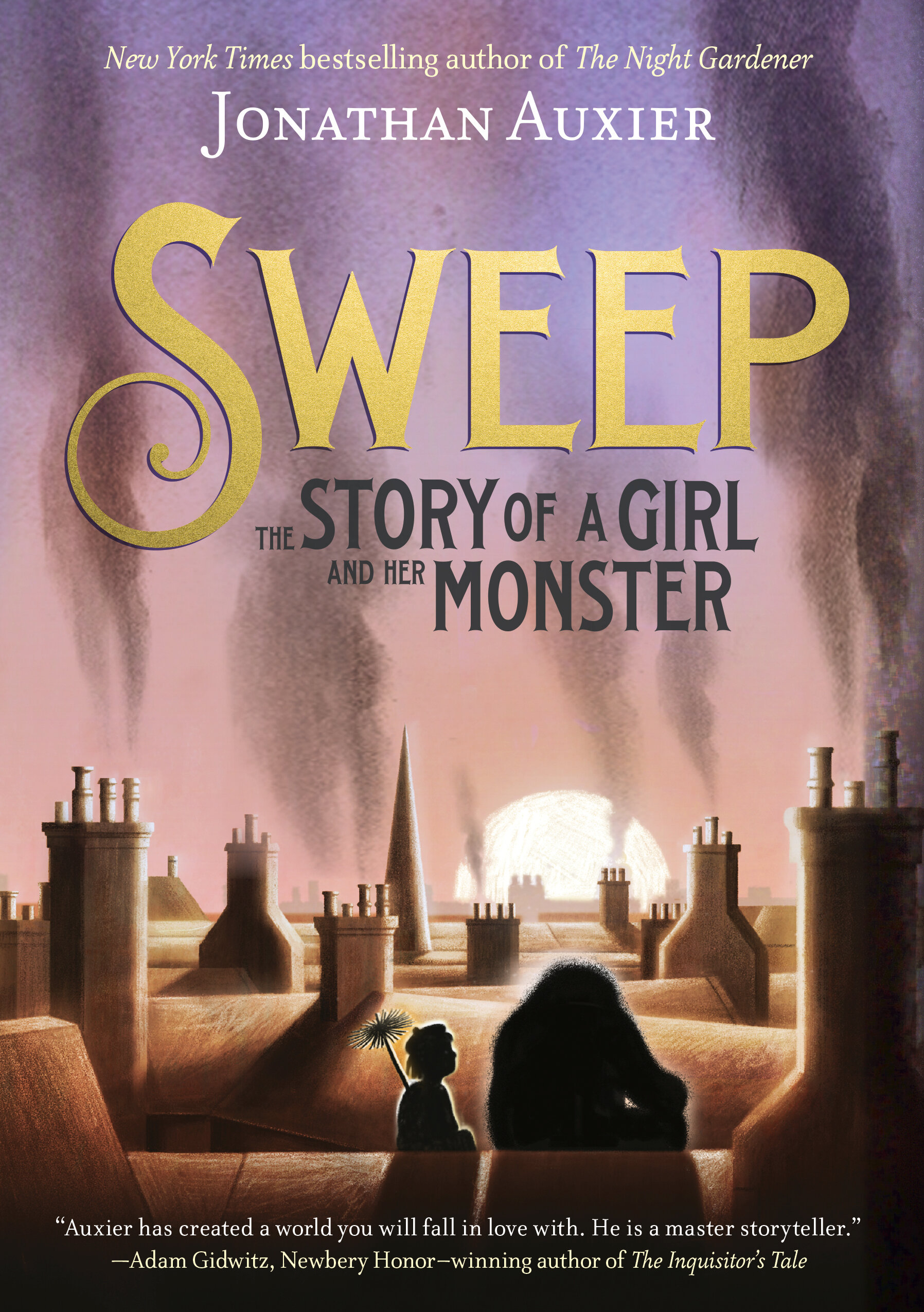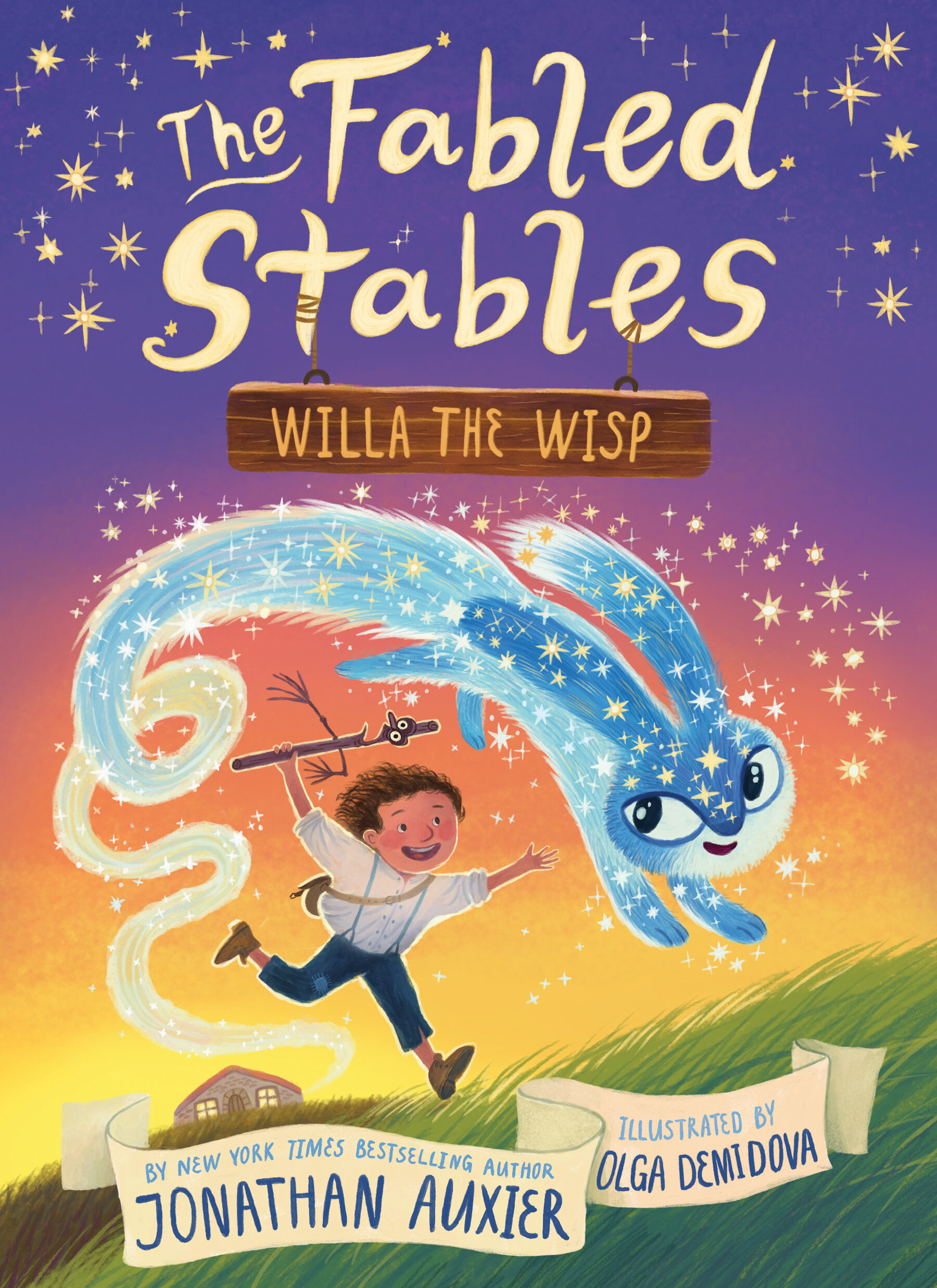
One of the things I've been thinking about a lot lately are the differences between cable and network television. This is not a new topic. Much hay has been made of the way pay-channels like HBO and Showtime don't have to worry about commercial breaks ... but why is it that even the shows on "free" cable channels like FX and AMC still feel better than network shows?[1. "Free" is, of course, a euphamism for hundreds of dollars a year]
For me, one essential factor is the difference in season lengths. Cable TV shows generally only run for 11-13 episodes per season, while network shows nearly double that number. Obviously, a writer needing to produce twice as much content in the same year might end up sacrificing quality for speed ... but what if there were another reason? What if a shorter season was actually linked to better storytelling in some essential way?
This week I've been enjoying reading the AV Club's series of interviews with "Freaks & Geeks" creator Paul Feig, in which he talks through the writing and shooting of every episode in the short-lived series. In the interview, Feig discusses how he and co-creator Judd Apatow discovered early on they were being cancelled at the end of the season:
We all just went into scramble mode and started saying, “Okay, we’ve got to play out these storylines we wanted to do [in future seasons], so that when we get canceled, we won’t go bummed out.”
This comment was sort of an "Aha!" moment for me. Suddenly, Feig and co-creator Judd Apatow had to cram all the best story parts into the final six episodes. And maybe that's why "Freaks & Geeks" was such a brilliant show -- every episode felt like it was truly an event. I can't help but wonder if the show would have been quite as strong without the axe hanging over the creators' heads?[2. British TV seems to have internalized this idea without the need of a network axe. Consider the abbreviated runs of "The Office" or "Fawlty Towers," both of which ended because their respective creators would rather have no new episodes than bad new episodes]
Going back to the question of cable shows, I can't help but think of how Feig's experience applies to season premieres and finales. Premieres and finales are where a series delvers its biggest dramatic punch -- rules are changed, people are killed, stakes are raised. A little basic math informs me that a cable show (whose seasons end after just 13 episodes) will have those moments twice as often as a network show. No matter how you cut it, that gives the cable show a huge storytelling advantage because it disallows filler.[3. If you're in the mood for more TV thoughts, you should check out screenwriter Matt Bird's current blog series "How to Create a TV Show"]
How does this apply to writing in general? I suspect it connects somehow to series books, but I haven't worked that part out. In the meantime, it's simply a powerful parable about the importance of not holding anything back. I'm currently in the middle of a second book, and I'm constantly getting exciting story ideas that I think I should save for a story in the distant future. That's ridiculous. I should be putting everything into the book I'm writing now. I should be treating this book like the last one I may ever get to write.
![]()

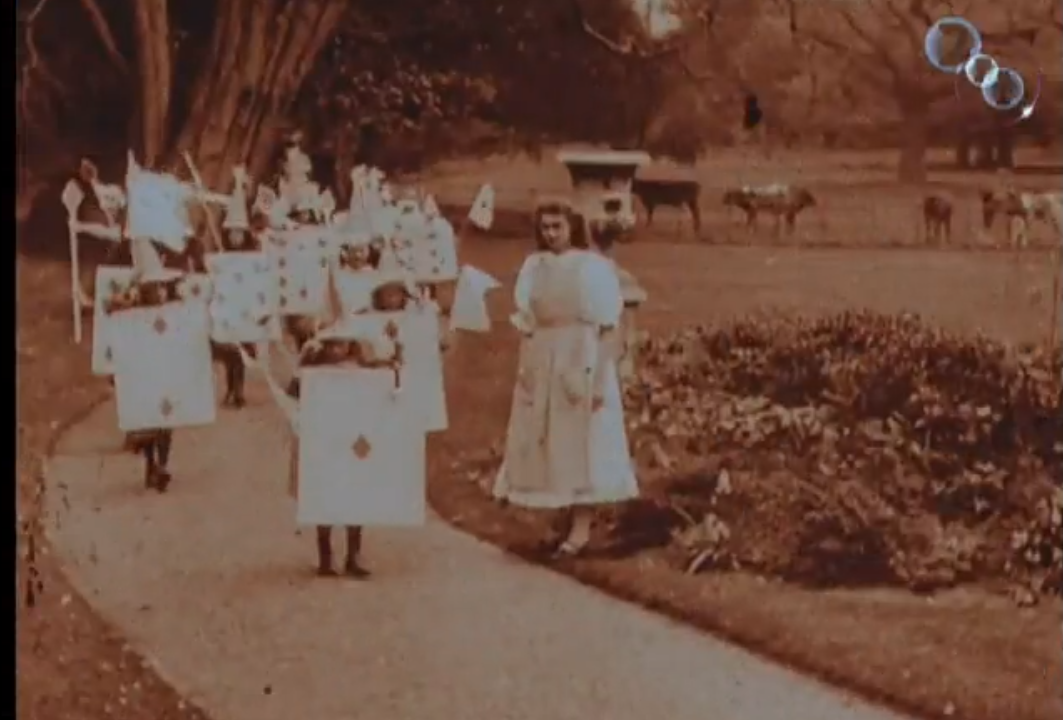
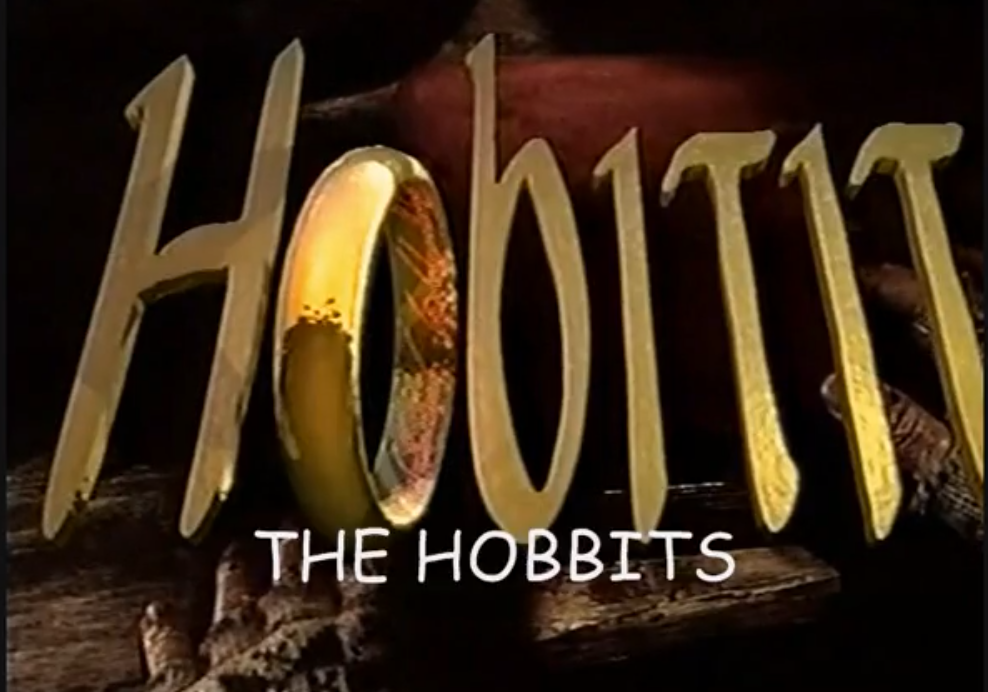
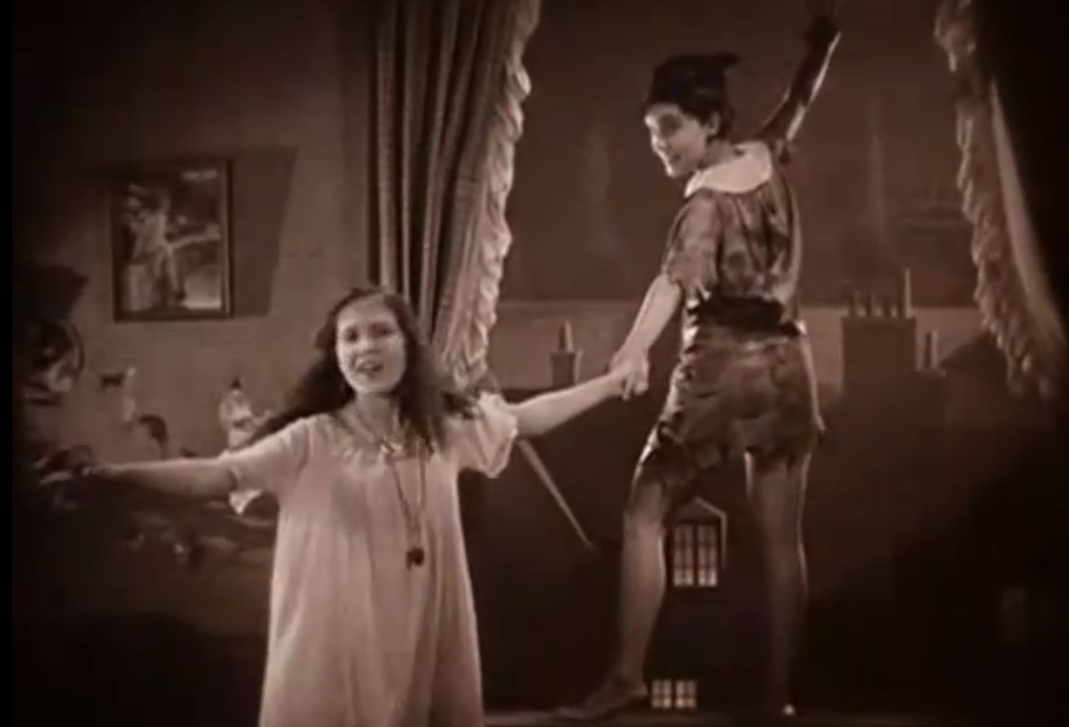

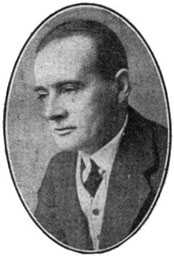
 Why is this interesting? Well, I have recently been thinking about Betsy Bird's SLJ poll of the top 100 children's books -- in her piece on
Why is this interesting? Well, I have recently been thinking about Betsy Bird's SLJ poll of the top 100 children's books -- in her piece on 
